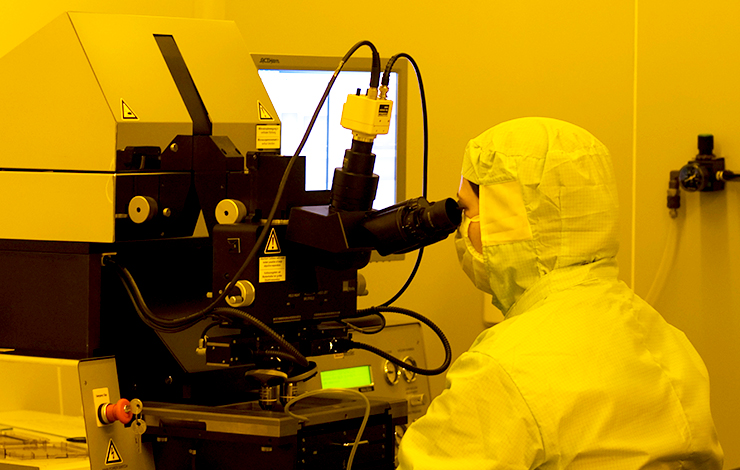Influence of the Substrate on the Morphology of Self-Assembled Silver Nanoparticles by Rapid Thermal Annealing
| Title | Influence of the Substrate on the Morphology of Self-Assembled Silver Nanoparticles by Rapid Thermal Annealing |
| Publication Type | Journal Article |
| Year of Publication | 2016 |
| Authors | Araújo A, Mendes MJ, Mateus T, Vicente A, Nunes D, Calmeiro T, Fortunato E, Águas H, Martins R |
| Journal | Journal of Physical Chemistry C |
| Volume | 120 |
| Pagination | 18235-18242 |
| ISSN | 19327447 |
| Keywords | Ag nanoparticle, Annealing, Electrodes, Light scattering, Metal nanoparticles, Metallic layers, Morphology, Nanoparticles, Nanostructures, Plasmonic nanostructures, Plasmons, Rapid thermal annealing, Silver, Silver nanoparticles, Surface plasmon resonance, Surface roughness, Surface scattering, Thermal conductivity, Thermal dewetting, Thermal-annealing, Transparent conductive oxides, Underlying surface |
| Abstract | Metal nanoparticles are of great interest for light trapping in photovoltaics. They are usually incorporated in the rear electrode of solar cells, providing strong light scattering at their surface plasmon resonances. In most cases, the nanoparticles are self-assembled by solid-state dewetting over a transparent conductive oxide (TCO) layer incorporated in the cell's rear electrode. Up to now, this process has been optimized mainly by tuning the thermal annealing parameters responsible for dewetting, or the thickness of the precursor metallic layer; but little attention has been paid to the influence of the underlying TCO layer properties on the morphology of the nanoparticles formed, which is the focus of the present article. This work investigates Ag nanoparticles structures produced on distinct surfaces by a simple, fast and highly reproducible method employing rapid thermal annealing. The results indicate that both the thermal conductivity and surface roughness of the TCO layer play a determinant role on the morphology of the nanostructures formed. This is of particular relevance, since we show in the study performed that the parasitic absorption of these Ag nanostructures is reduced, while the scattering is enhanced when the Ag nanostructures are formed on TCO layers with the highest conductivity and the lowest surface roughness (∼1 nm). These results unveil novel possibilities for the improvement of plasmonic nanostructures fabricated by thermal dewetting, via the careful adjustment of the physical properties of the underlying surface. © 2016 American Chemical Society. |
| URL | https://www.scopus.com/inward/record.uri?eid=2-s2.0-84983523367&doi=10.1021%2facs.jpcc.6b04283&partnerID=40&md5=bcf8c7b3c7e91096444a55291af62d19 |
| DOI | 10.1021/acs.jpcc.6b04283 |











